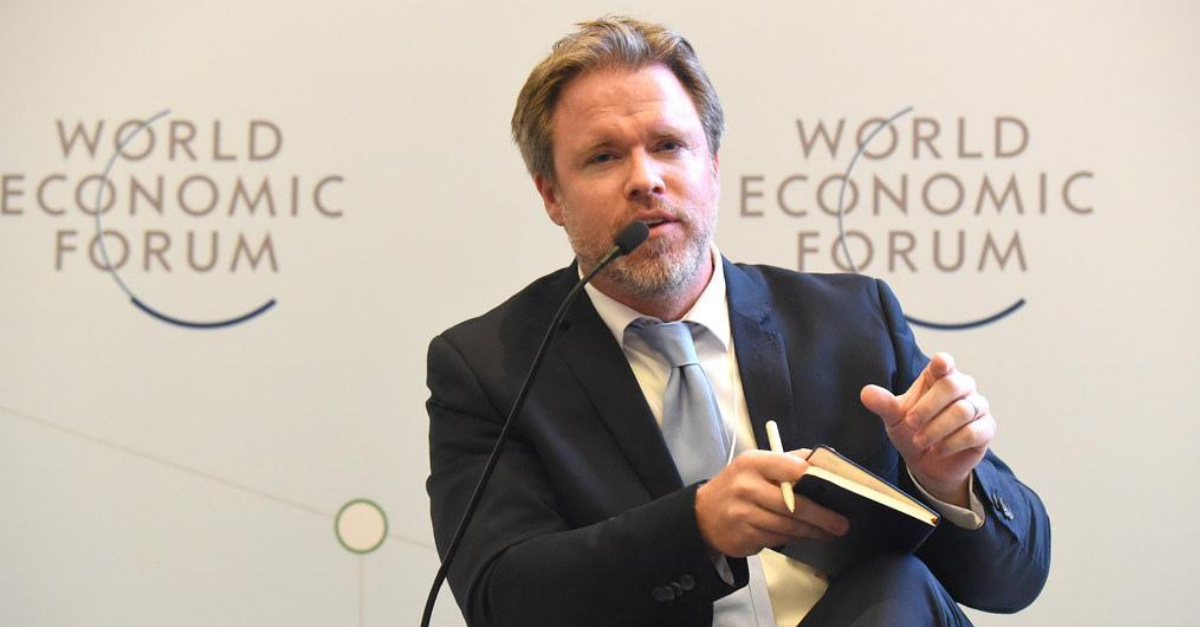What Cities Can Learn from Venture Capital
By Robert Muggah
Published in the Bloomberg
If cities are where the future happens first, then the future came early to Bogota. Back in 2000 its then-mayor, Enrique Peñalosa, started a host of reforms to green the city, remove carbon-belching buses from the streets, and incentivize bicycling. Among his interventions was the TransMilenio, which has become one of the best-known bus rapid transit (BRT) systems in the world. Key to its success was the procurement process: Future operators were selected through competitive bids, and original bus owners were included as shareholders. Many former bus operators formed enterprises, brought in outside investors, and recruited qualified managers.
While hardly problem-free, the Bogota BRT experiment worked. Supported by more than four successive mayors, the project reached full cost recovery on schedule. Not only have incomes and working conditions improved for former bus owners (who benefit as shareholders), but buses have become more punctual and more sustainable through electrification. Colombia’s capital now has the largest electric bus network in the world outside China — none of which could have been possible without innovative procurement.
Read the article



